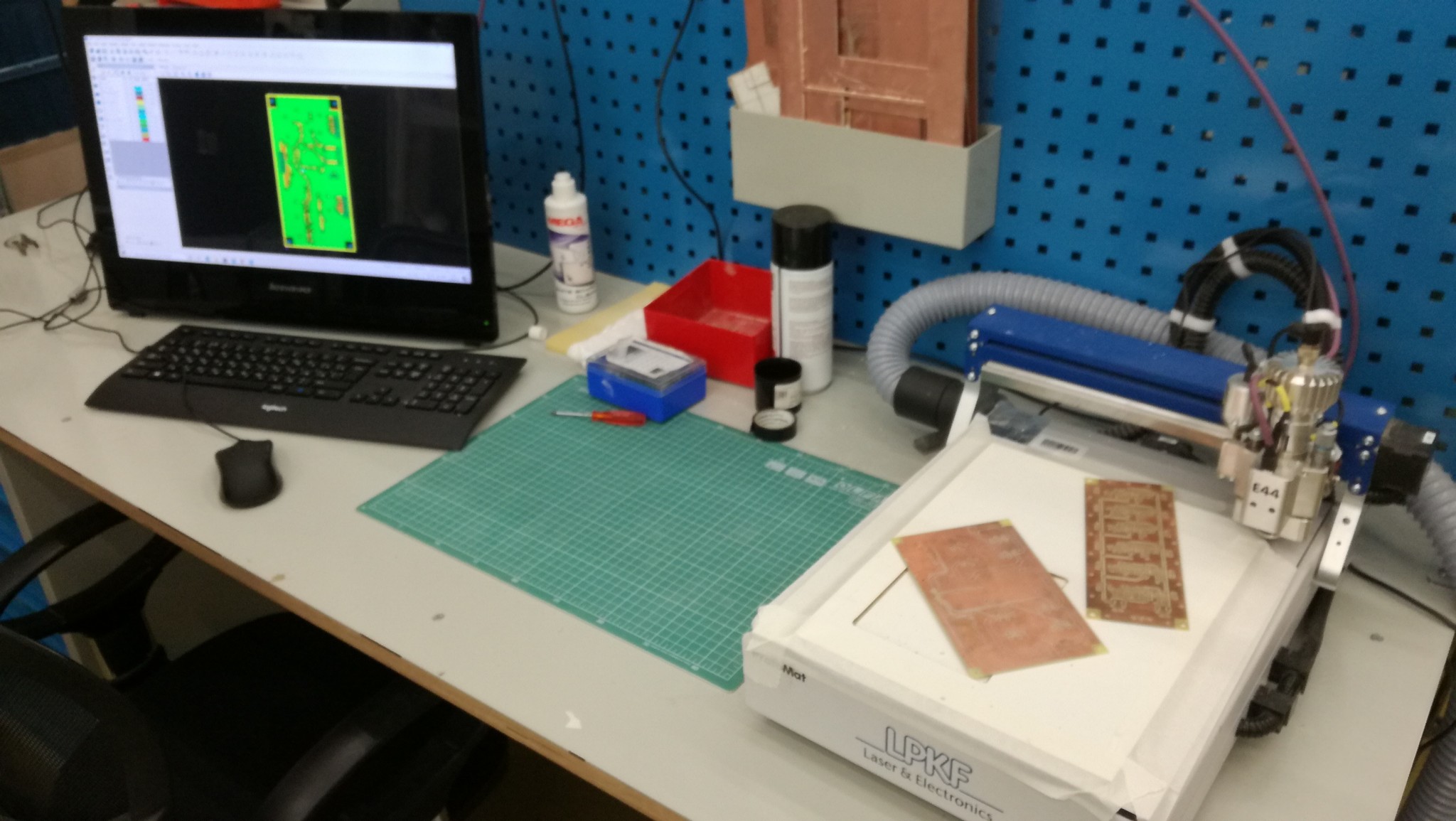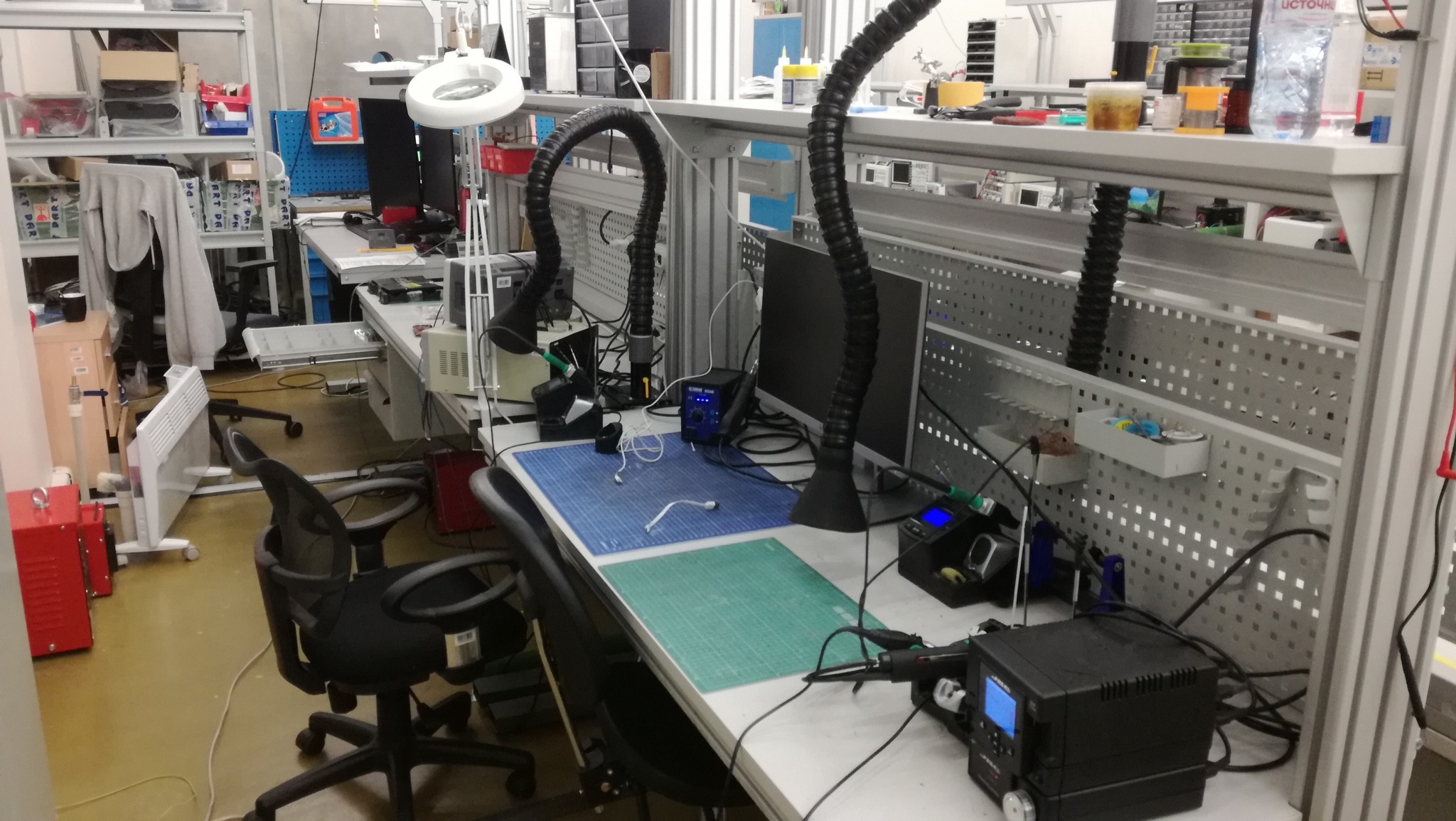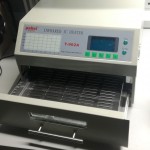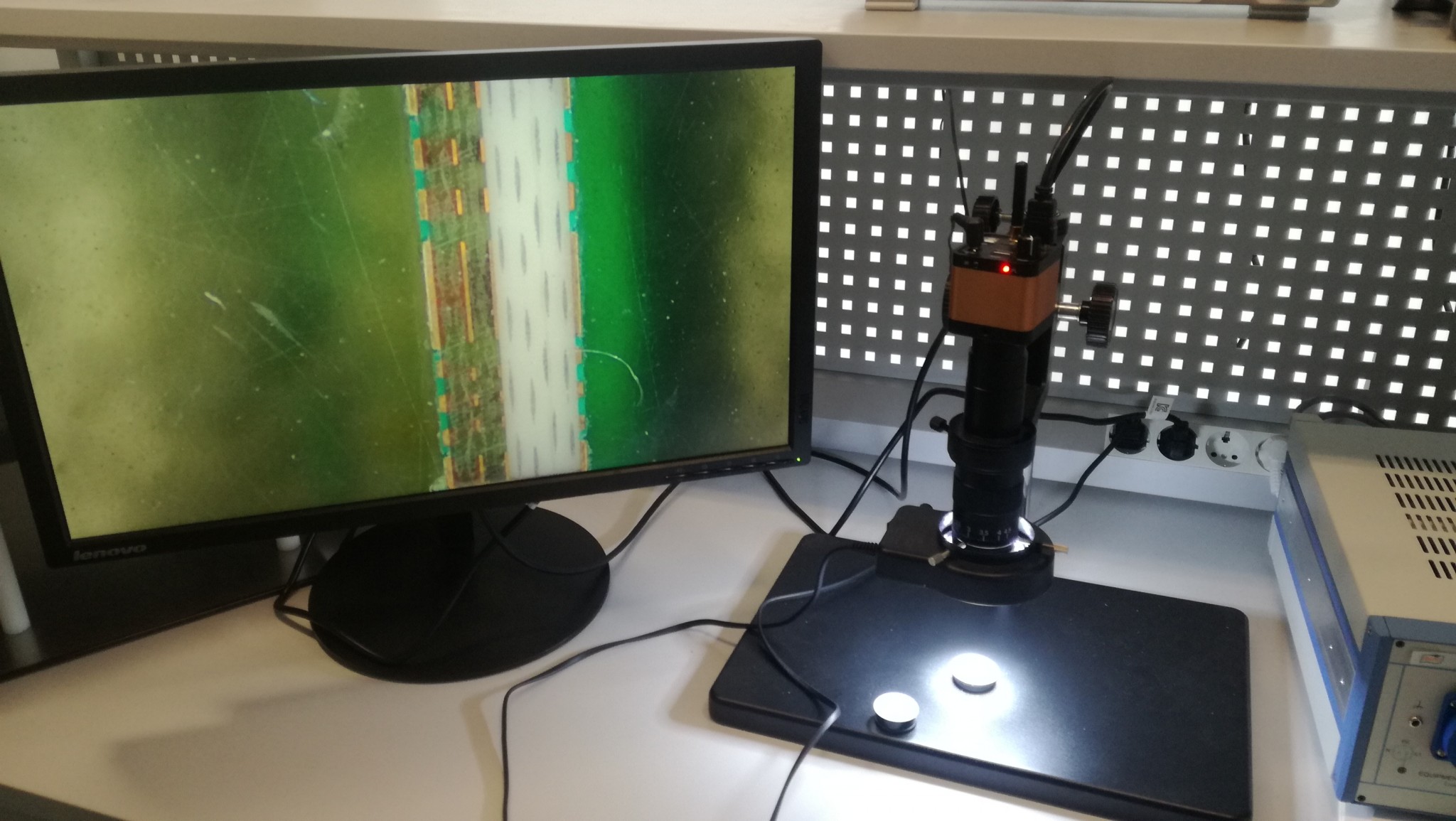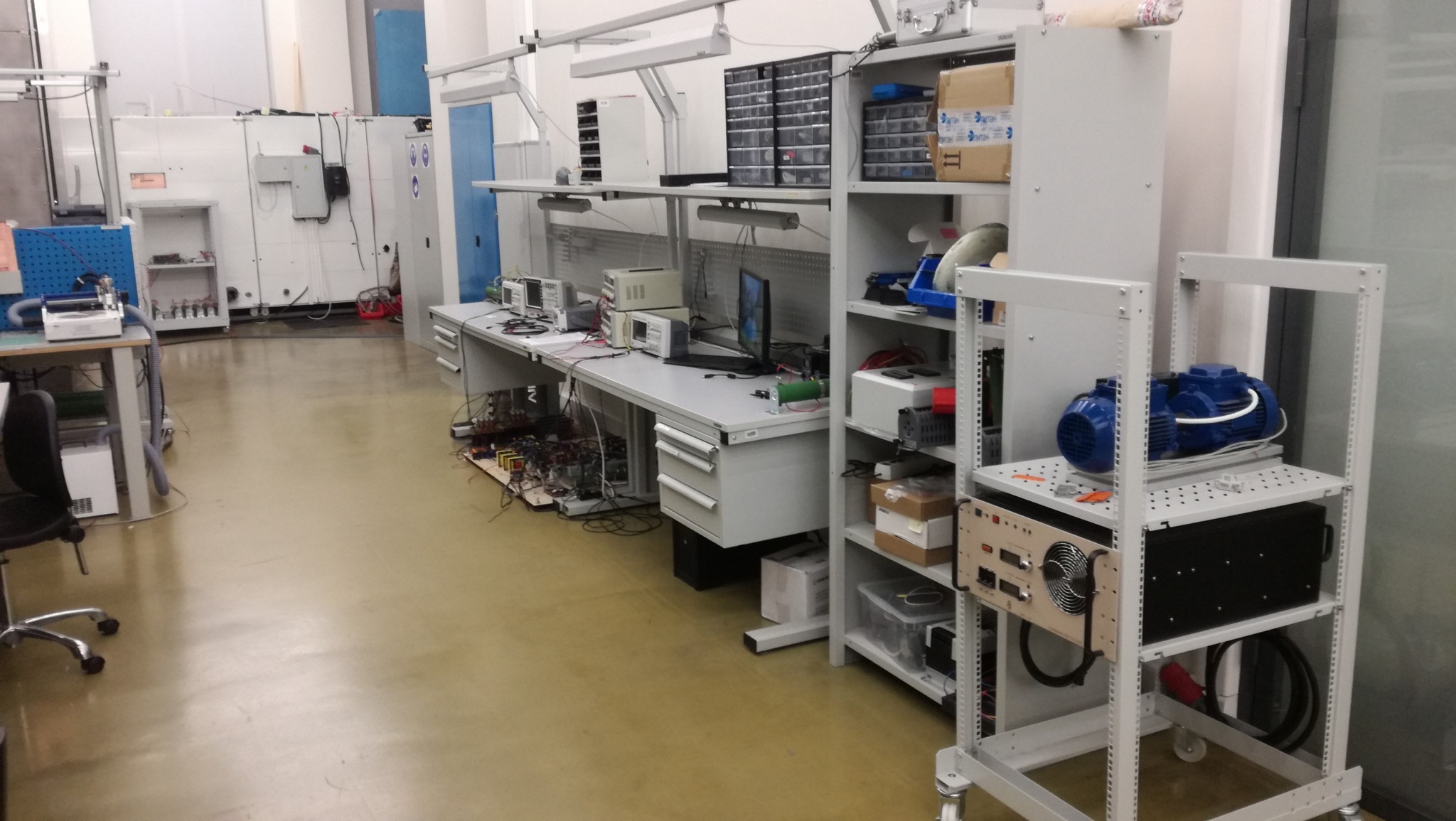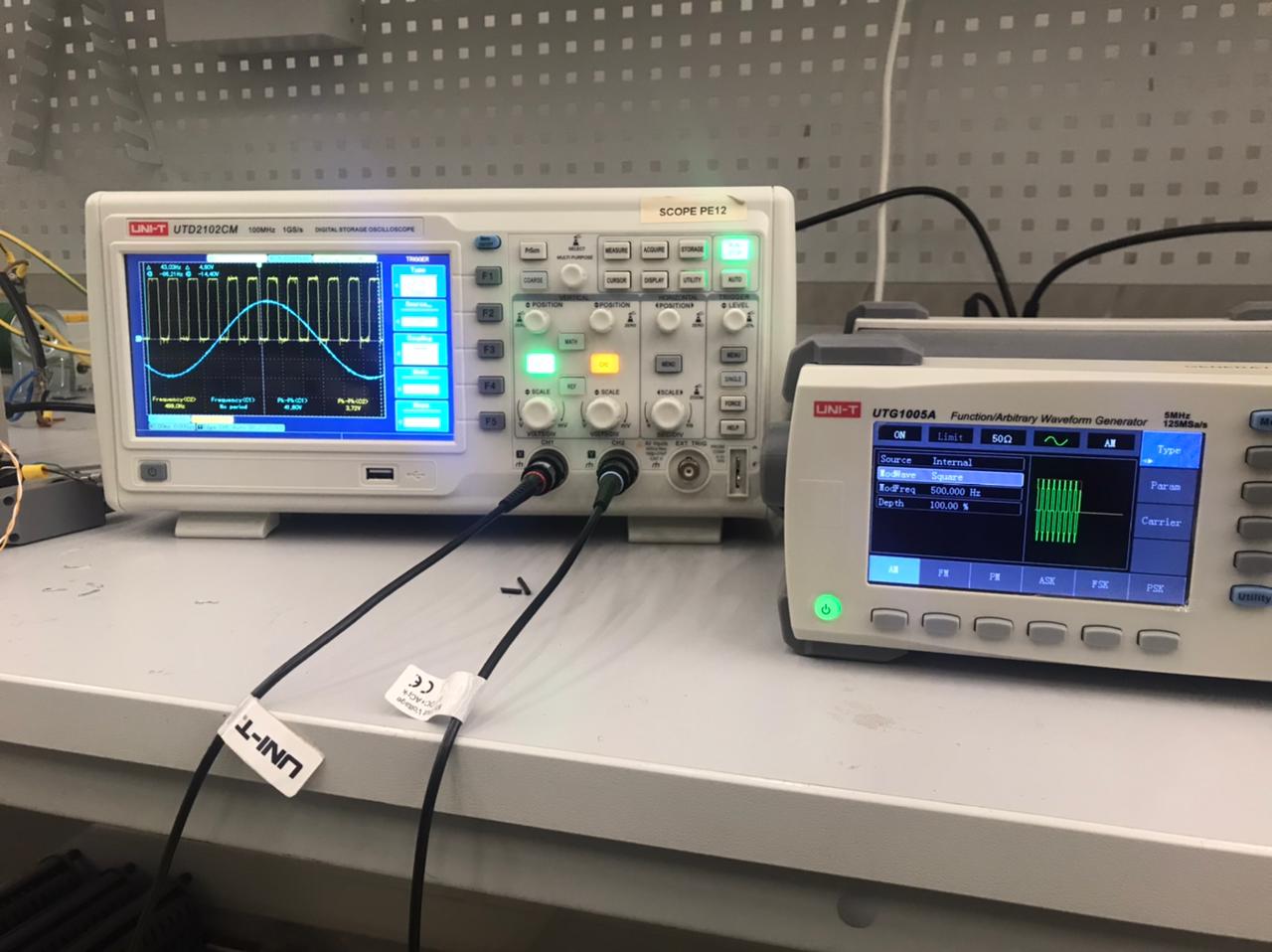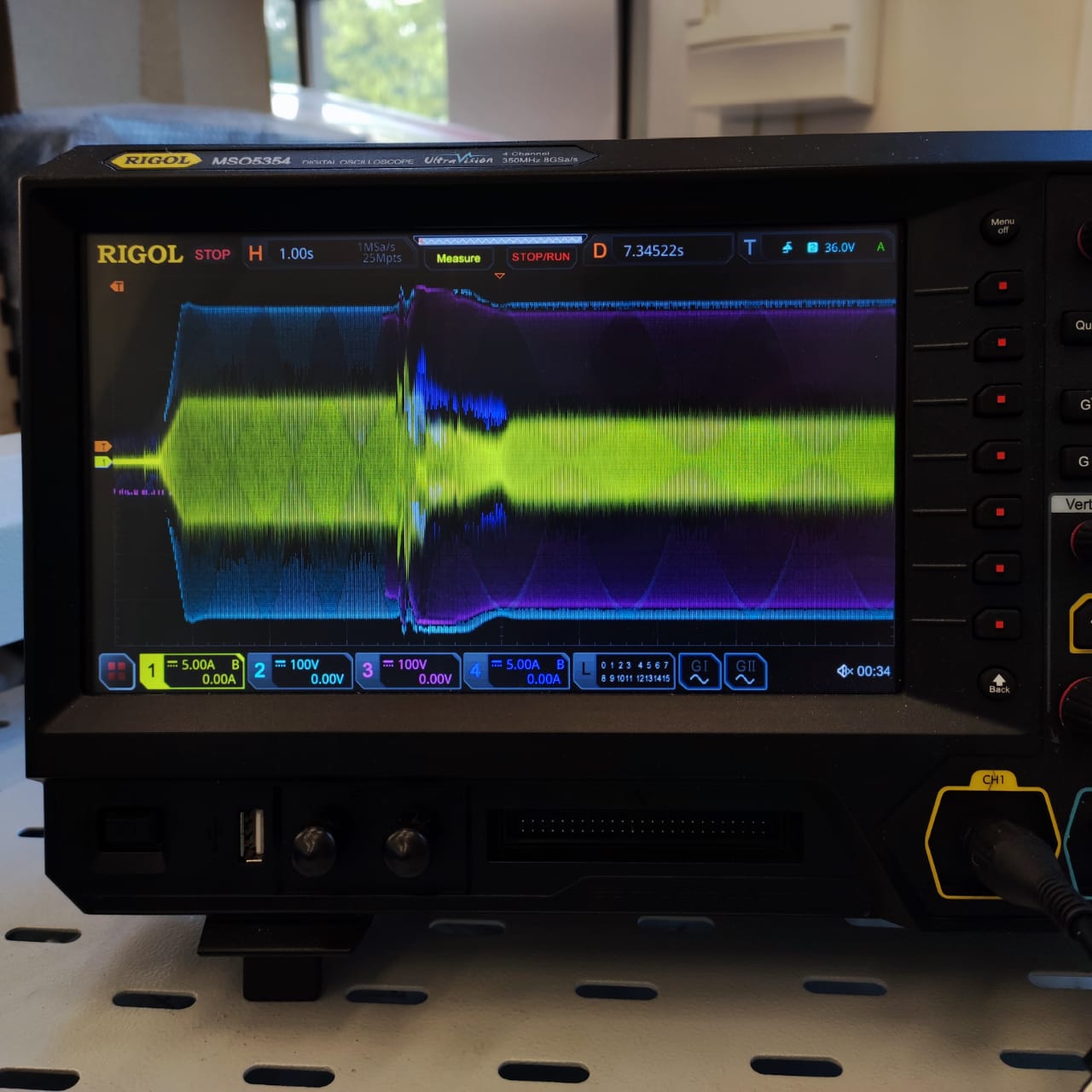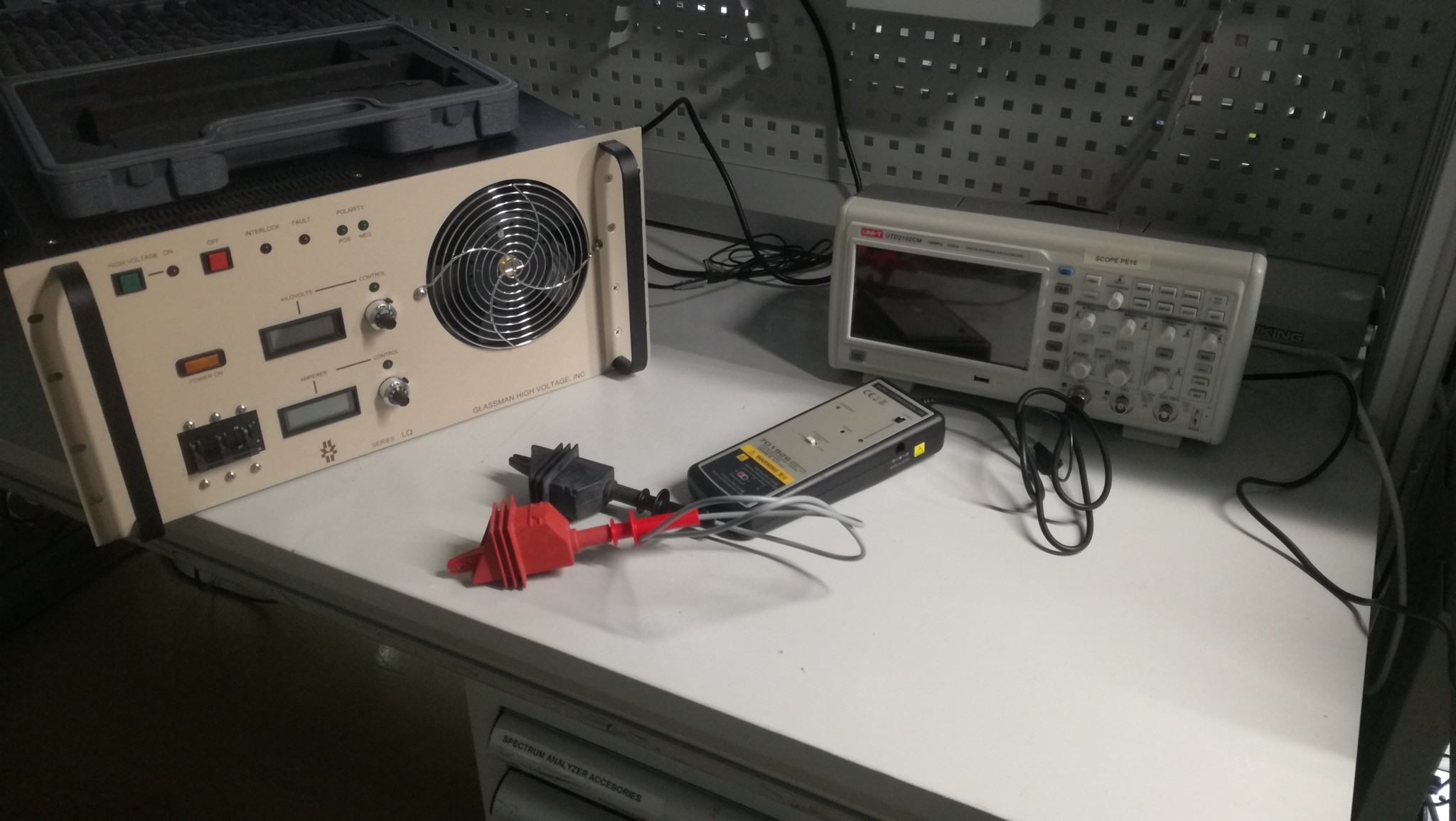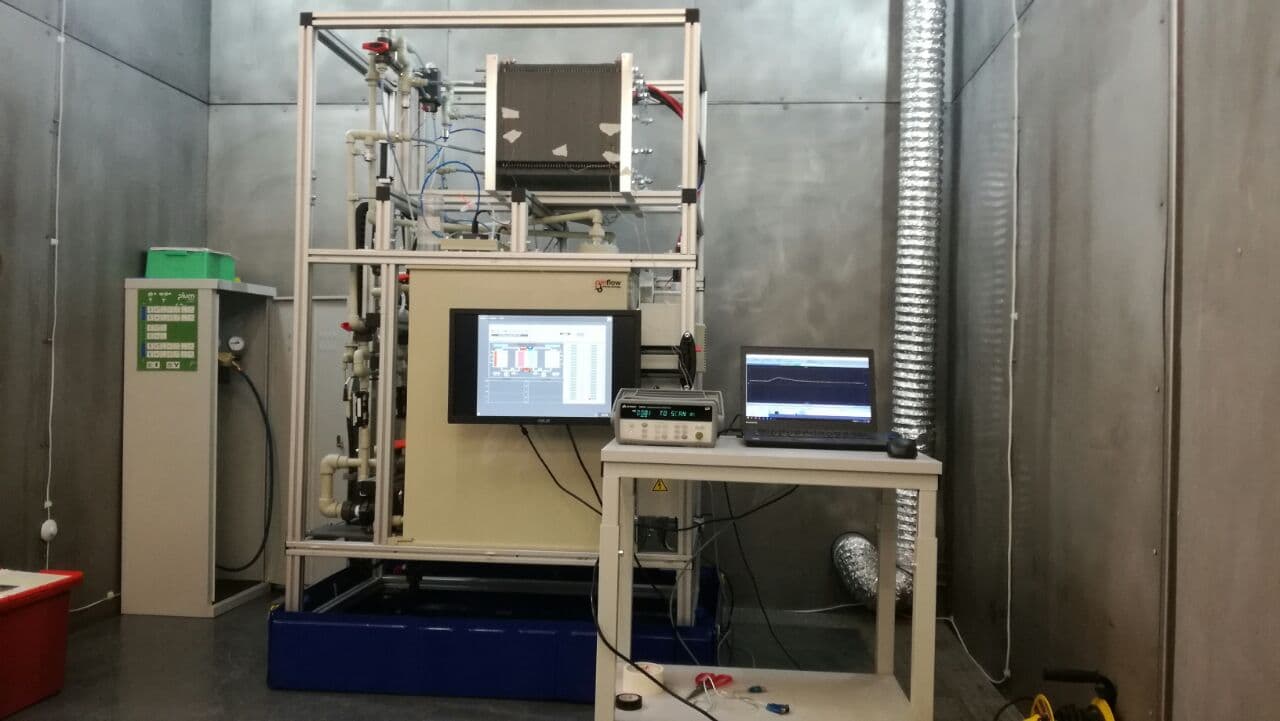Power Electronics laboratory
Power electronics lab
The power electronics laboratory has two main purposes: research and collaboration with industry and educational activities. All of the information related with recent projects and research activities can be found in the power electronics group page. Here, you will find the main facilities of the laboratory which consists in three main parts:
- Equipment and tools for design and developing general and power electronics
- Equipment for testing prototypes
- EMI/EMC equipment for testing and training
- HV equipment for developing high voltage converters
- Other facilities
Equipment and tools for design and developing general and power electronics
Equipment for testing prototypes
EMI/EMC equipment for testing and training
| It can test conductive and radiated emissions. The testbench allows to train students and research in this important field. | 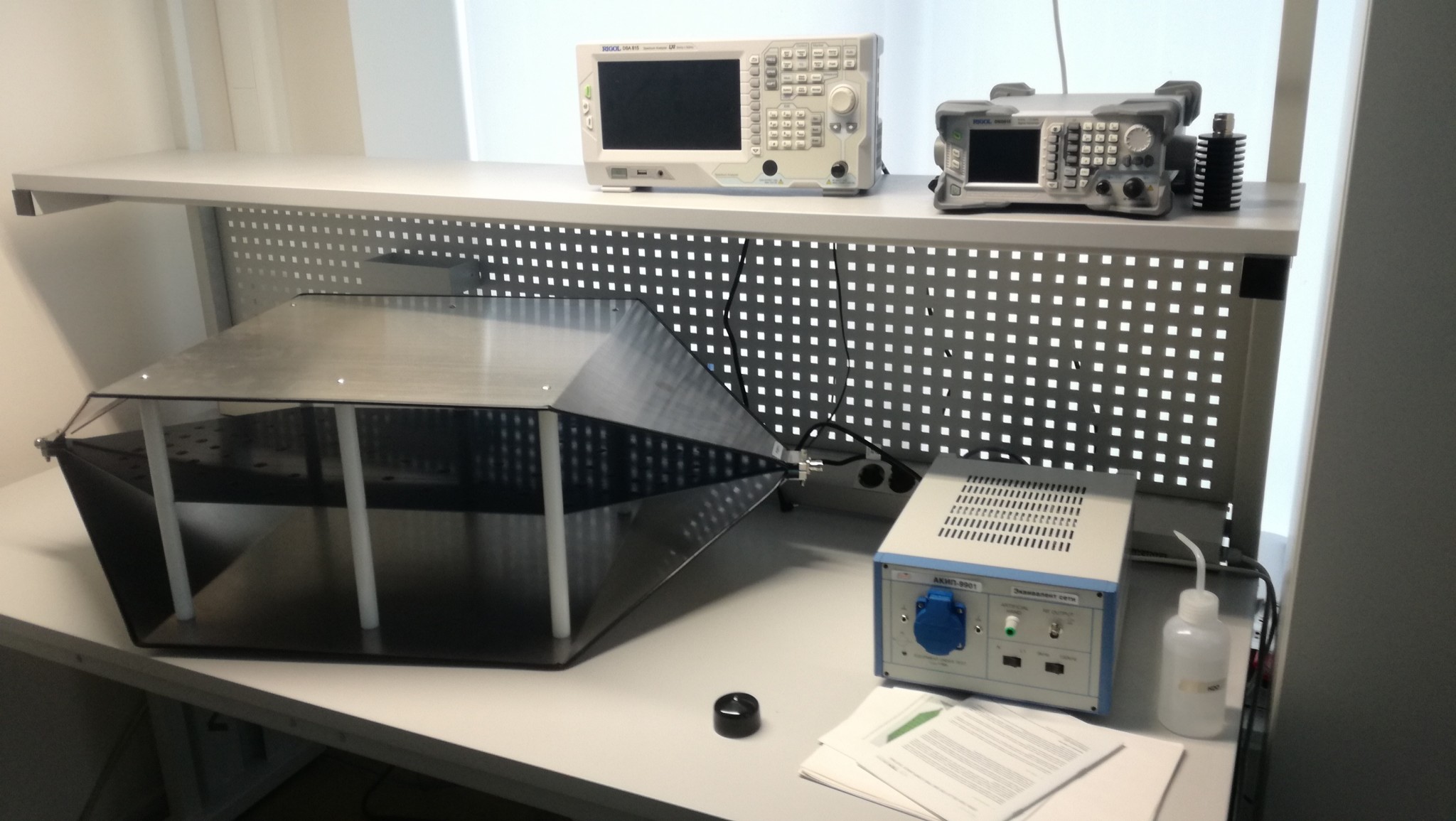 |
HV equipment for developing high voltage converters
Shared facilities
